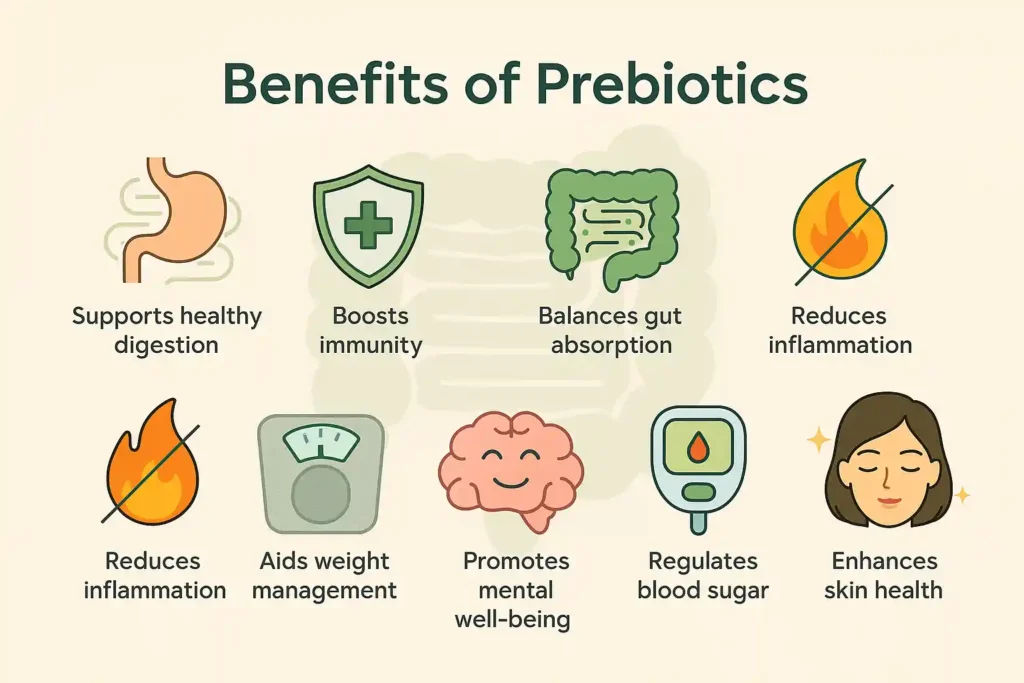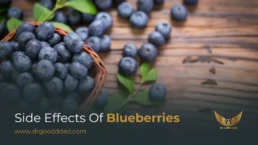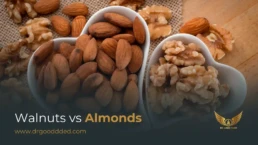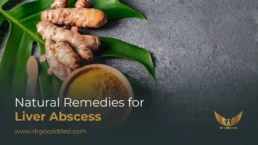Prebiotics are classified as non-digestible fibers that provide food for the beneficial bacteria in your gut. Unlike probiotics, which are live bacteria, prebiotics are the fuel these bacteria need to grow and thrive.
Table of Contents
ToggleThey pass through your digestive system without breaking down, reaching your colon where they feed beneficial microbes. This improves digestion, boosts immunity, and keeps your gut balanced.
Let’s break this down so you understand exactly what a prebiotic does, the prebiotics benefits, and the best ways to add them to your daily meals.
What do prebiotics do?
Think of your gut as a busy city. The good bacteria are like helpful citizens, they protect you, help process nutrients, and fight off harmful invaders. But even the best citizens need resources. That’s where prebiotics step in.
When you eat prebiotics, they pass through your stomach undigested. Once they arrive in your colon, they function as a feast for advantageous bacteria such as Bifidobacteria and Lactobacilli. Feeding these bacteria leads to:
- Stronger digestion
- Better nutrient absorption
- A more balanced gut environment
In short, a prebiotic fuels your gut’s good bacteria so they can improve your digestion, immunity, and overall health.
Benefits of prebiotics

The prebiotic fiber benefits go far beyond just digestion. In fact, scientists have identified at least 10 benefits of prebiotics that can make a big difference in your daily health:
- Supports healthy digestion: Helps prevent constipation and irregular bowel movements.
- Boosts immunity: Improves your gut barrier to keep harmful germs out.
- Balances gut bacteria: Encourages the growth of good bacteria while reducing harmful ones.
- Improves mineral absorption: Especially calcium and magnesium, which are vital for bone health.
- Reduces inflammation: Supports a calmer immune response.
- Aids weight management: Helps control hunger hormones.
- Promotes mental well-being: Linked to better mood through the gut-brain connection.
- Regulates blood sugar: May help improve insulin sensitivity.
- Enhances skin health: A well-functioning gut is frequently reflected in the condition of the skin.
- Helps with bloating relief: Some prebiotics can reduce gas and discomfort over time.
So when we talk about the advantages of prebiotics, it’s clear they impact almost every part of your health, from your stomach to your brain.
Prebiotic foods
You don’t have to buy fancy supplements to get your daily dose of prebiotics. Many are found in everyday foods, especially plant-based ones. These natural sources of prebiotics are rich in fibers your gut bacteria love.
Resistant starches
Resistant starch is a type of carbohydrate that resists digestion in the small intestine, making it a perfect fuel for gut bacteria. You can find it in:
- Cooked and cooled potatoes
- Green bananas
- Lentils and beans
- Whole grains like oats and barley
Not only does resistant starch feed good bacteria, but it also helps regulate blood sugar and supports long-term gut health.
Inulin
Inulin is one of the most studied prebiotics. It’s a soluble fiber found in many vegetables and herbs, especially:
- Chicory root
- Jerusalem artichoke
- Garlic
- Onions
- Asparagus
Inulin supports prebiotics for gut health by increasing beneficial bacteria, improving digestion, and helping with prebiotics for bloating relief over time.
Pectin
Pectin is a gel-like fiber mostly found in fruits. It’s great for feeding gut bacteria and slowing down digestion, which helps control blood sugar spikes. Top pectin-rich foods include:
- Apples
- Citrus fruits
- Berries
- Carrots
Including pectin-rich foods is a tasty way to get the role of prebiotics in digestion working in your favor.
When to take prebiotics (and when you shouldn’t)
Most people can benefit from adding more prebiotics to their diet daily, but timing and tolerance matter.
Best time to take them:
- When consumed with meals, they assist in slowing down digestion and promote consistent energy levels.
- In the morning, can give your gut bacteria a fresh supply of fuel to work with all day
When to avoid them:
- If you have severe digestive issues like IBS flare-ups; start with small amounts and monitor your body
- Right before intense workouts; some prebiotics may cause gas or discomfort during exercise
If in doubt, talk to your healthcare provider before making major dietary changes, especially if you have existing gut conditions.
The Bottom Line
Prebiotics aren’t just “extra” fiber. They are the foundation for a healthy gut and a balanced prebiotics and gut microbiome. Whether it’s through bananas, garlic, or oats, feeding your gut bacteria can lead to lasting improvements in digestion, immunity, and overall wellness.
If you’ve been asking yourself what are prebiotics, think of them as the fertilizer that helps your inner garden of good bacteria grow strong. They work quietly but powerfully to keep your health in check.
Start small, stay consistent, and let your gut thank you in ways you’ll notice, from better digestion to a lighter, more energized feeling every day.
FAQs
What are prebiotics with examples?
Prebiotics are fibers that feed gut bacteria. Examples include inulin from chicory root, resistant starch from green bananas, and pectin from apples, berries, and citrus fruits for healthy digestion.
What is the difference between probiotic and prebiotic?
Probiotics are live beneficial bacteria. Prebiotics are non-digestible fibers that feed those bacteria. Together, they improve digestion, immunity, and overall gut health by keeping your gut microbiome balanced and strong.
What foods are high in prebiotics?
High-prebiotic foods include garlic, onions, asparagus, green bananas, oats, lentils, apples, and berries. These also count as high fiber foods for gut health and support beneficial bacteria growth.
What are the signs you need prebiotics?
Signs include frequent bloating, irregular bowel movements, poor digestion, low immunity, and feeling sluggish. Increasing prebiotic intake can restore healthy gut bacteria balance and improve your overall well-being naturally.
Is yogurt prebiotic or probiotic?
Yogurt is probiotic because it contains live bacteria. It’s not a prebiotic, but pairing yogurt with prebiotic-rich fruits can improve the effectiveness of both for gut health and immunity.
What is the best prebiotic for your gut?
No single prebiotic is best. A mix of inulin, resistant starch, and pectin-rich foods provides the widest prebiotic fiber benefits for digestion, immunity, and maintaining a healthy gut microbiome.

This article is medically reviewed by Dr. Nivedita Pandey, Senior Gastroenterologist and Hepatologist, ensuring accurate and reliable health information.
Dr. Nivedita Pandey is a U.S.-trained gastroenterologist specializing in pre and post-liver transplant care, as well as managing chronic gastrointestinal disorders. Known for her compassionate and patient-centered approach, Dr. Pandey is dedicated to delivering the highest quality of care to each patient.








